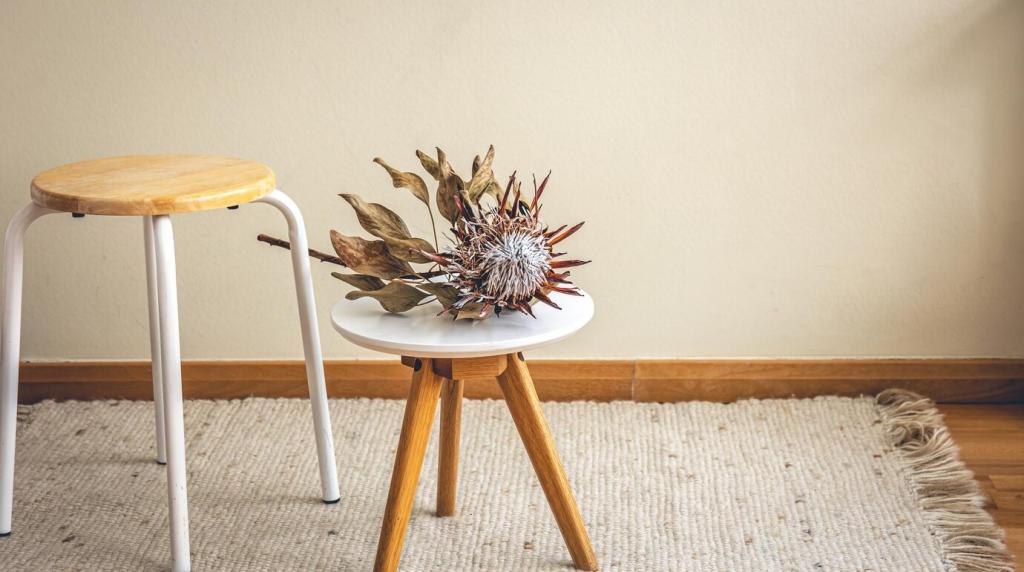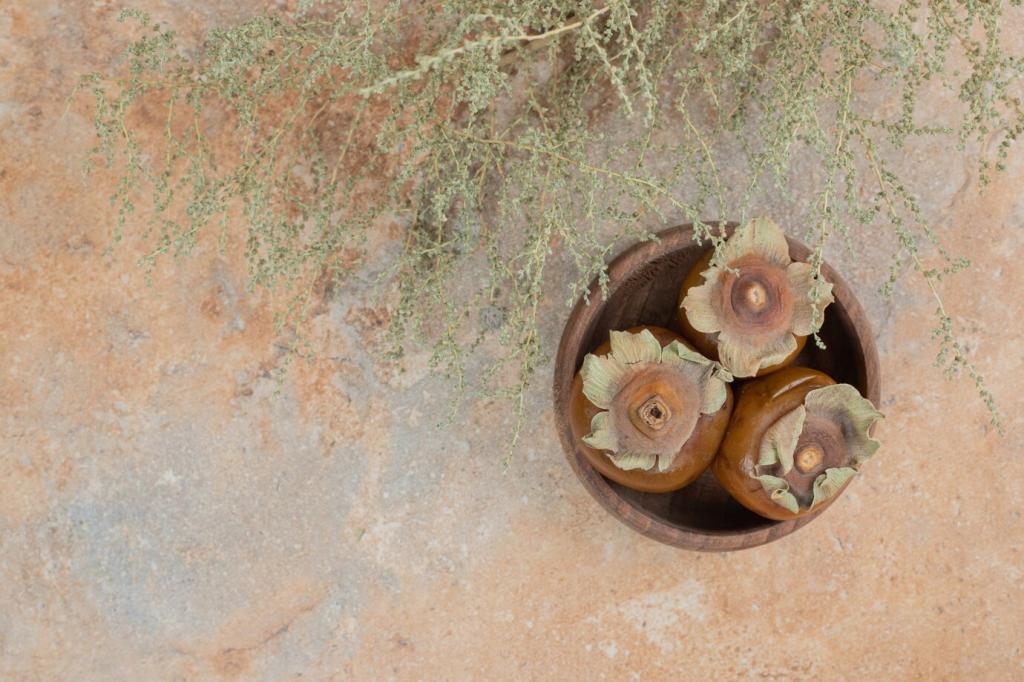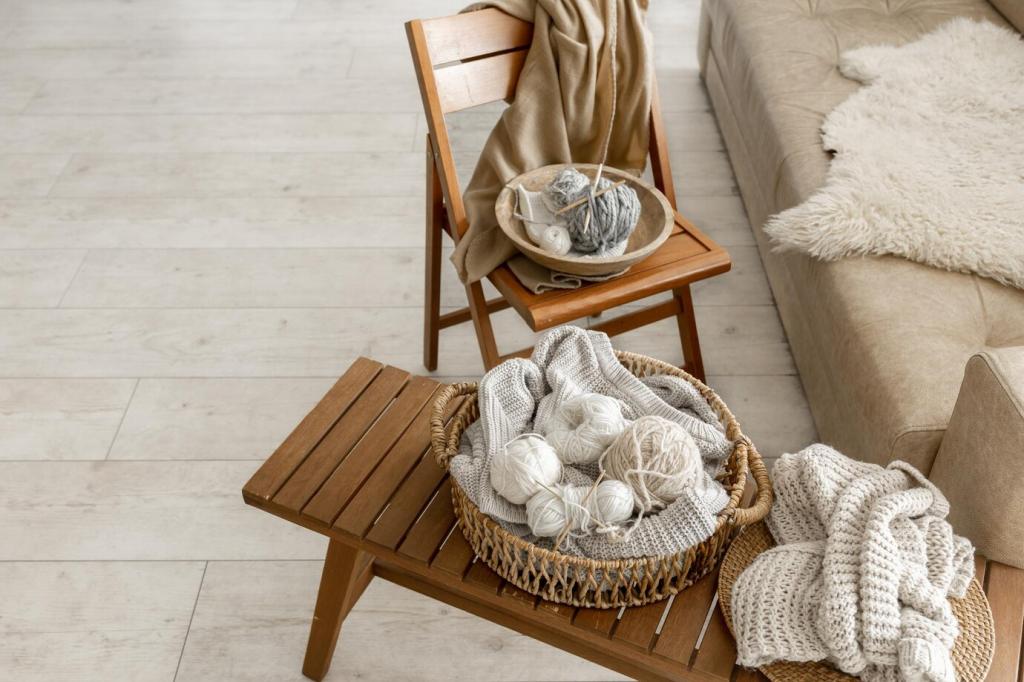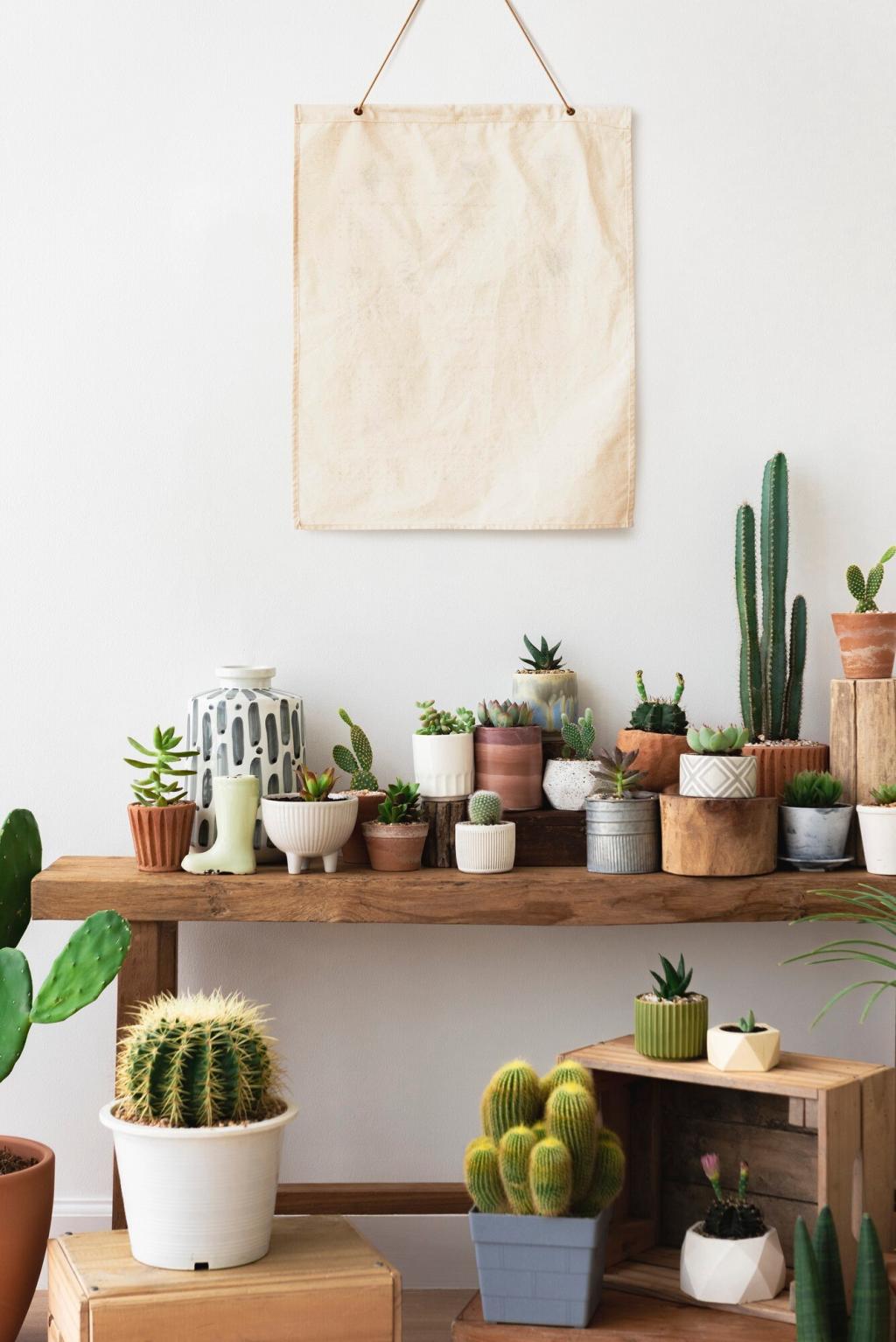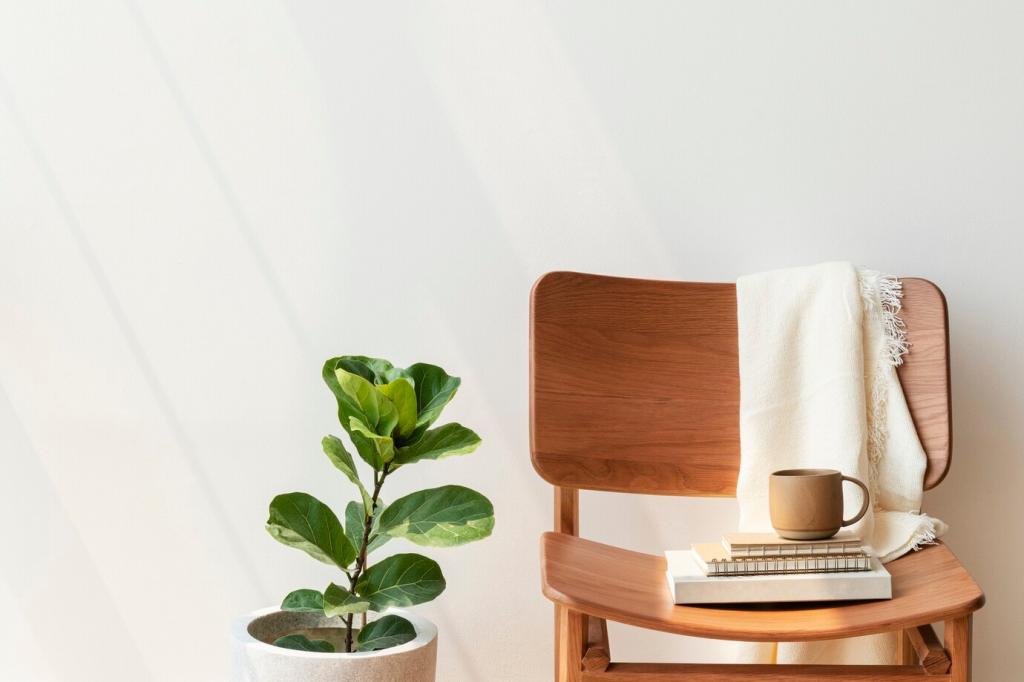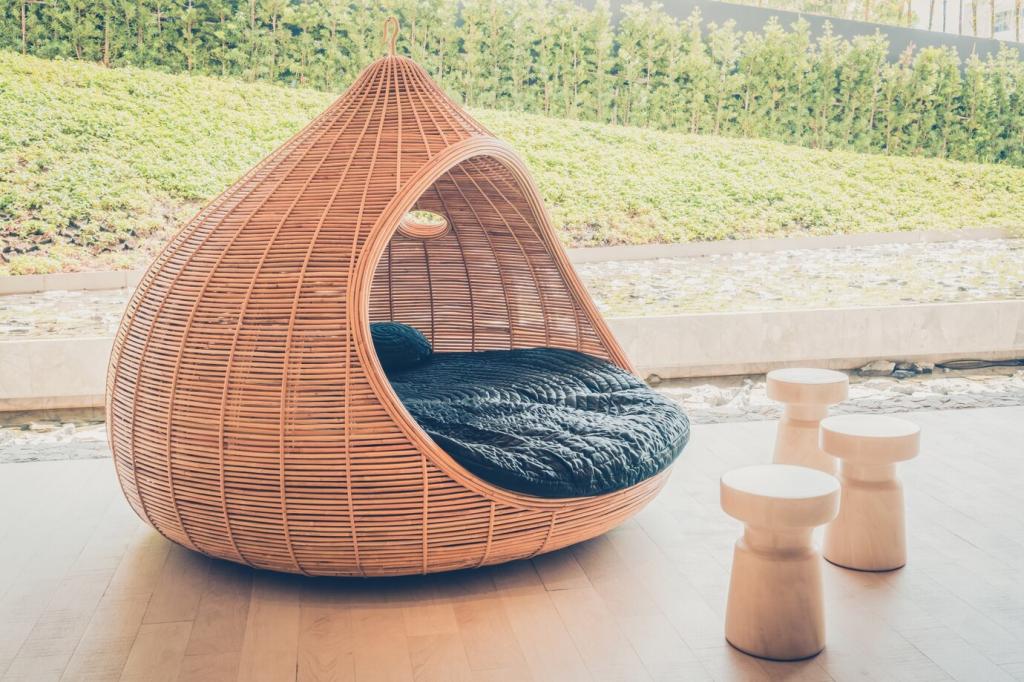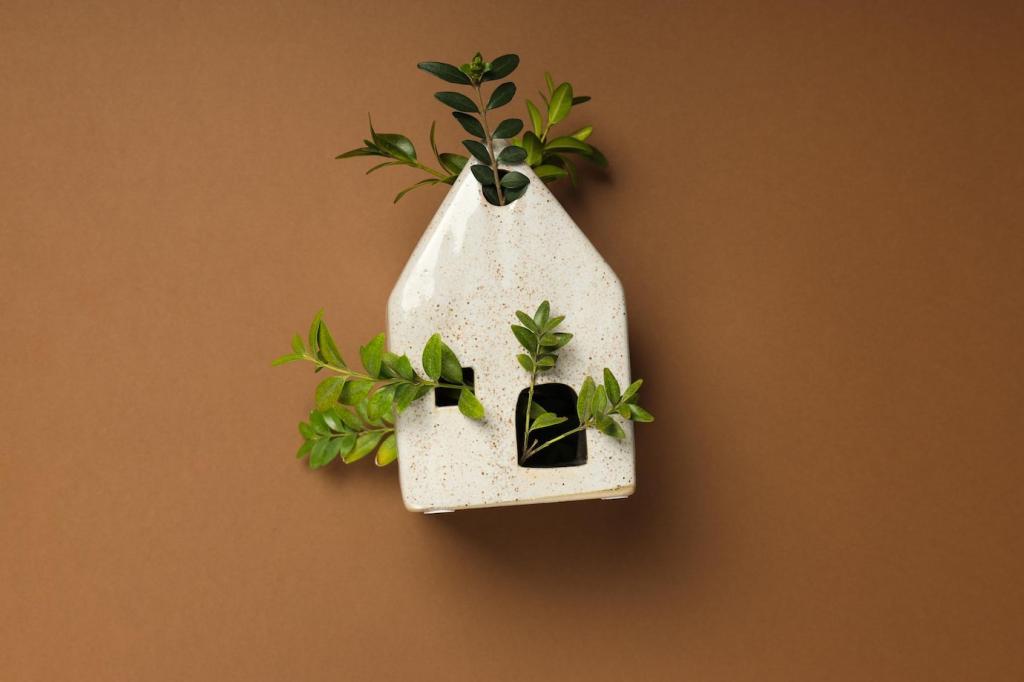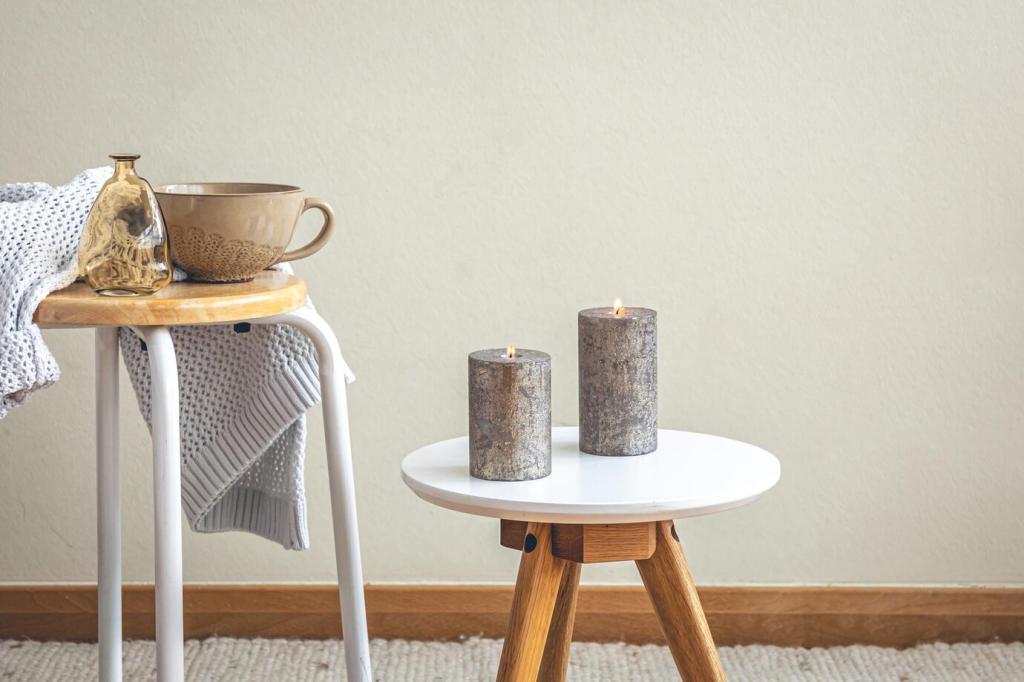Linoleum and Natural Fiber Carpets
Made from linseed oil, wood flour, and jute, true linoleum is resilient, naturally antimicrobial, and richly colored through the wear layer. It’s long-lasting, repairable, and biodegradable, blending quiet practicality with classic, modern design possibilities.
Linoleum and Natural Fiber Carpets
Wool carpets bring softness, temperature regulation, and inherent stain resistance from lanolin, while sisal and jute offer organic texture. Seek natural backings and low-emitting adhesives to create a healthier, tactile foundation for mindful living.
Linoleum and Natural Fiber Carpets
Vacuum regularly with a HEPA filter, tackle spills promptly, and choose gentle, pH-appropriate cleaners. Preventive mats, furniture pads, and mindful humidity keep natural fibers and linoleum looking fresh, reducing replacement frequency and resource consumption.
Linoleum and Natural Fiber Carpets
Lorem ipsum dolor sit amet, consectetur adipiscing elit. Ut elit tellus, luctus nec ullamcorper mattis, pulvinar dapibus leo.

